"Exodus" at 45rpm, Pressed UHQR Produces an Explosive Mix
so many mediocre Bob Marley & The Wailer reissues...this is not one of them!
The joke lede was going to be "This is one double 45 UHQR no one is going to complain about having to get up and turn over 3 extra times because once it starts, listeners are not going to be able, or want to sit down!" But that opener's dead because within a few seconds of where I started (side 3's "Jammin'") sitting down and listening became mandatory!
More than a few still born Bob Marley & The Wailers reissues have been released over the decades, but this isn't one of them. The overwhelmingly good sound will more likely force listeners to sit down and properly take it all in even if it means a few extra "get ups and stand ups" (go for your rights right now while you're at it).
60 years after the ska/reggae beat first hit American ears through Millie Small's version of "My Boy Lollipop", then in 1969 Desmond Dekker and The Aces' "The Israelites" (which utterly confused yet delighted Jewish rock fans and was top 10 U.S. and #1 U.K.) the hesitant, juicy, yet sticky reggae "off beat" and "chukka guitar (the words used don't do the riddim justice) are no longer novel yet remain immersive and hypnotic.
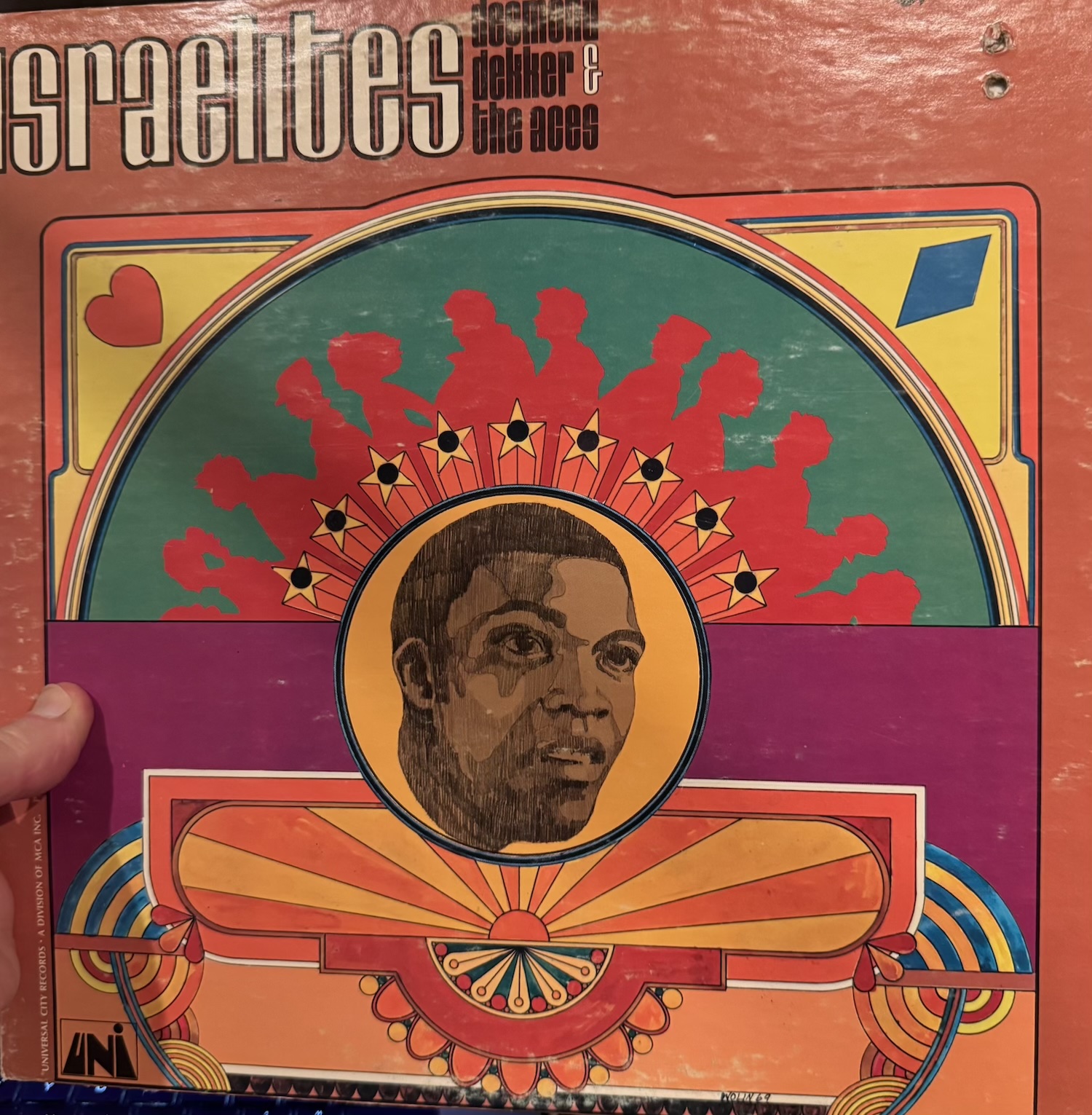
1972 was the year reggae and Jamaican culture fired young Americans' imagination. American born Johnny Nash had a #1 hit with "I Can See Clearly Now". His same titled album (Epic KE 31607) led off with "Stir It Up" by Bob Marley but few then paid attention to song writing credits.
In early 1973 the Jamaican-produced movie "The Harder They Come" starring Jimmy Cliff hit big in college towns, especially Boston where it premiered at The Orson Welles Cinema and became a major cultural phenomenon thanks to WBCN-FM's constant airplay. The movie's rough around the edges production but great musical values sat well with the "genuine" Boston/Cambridge vibe.
Though Marley's first album was released in 1965, 1973's Catch a Fire (Island/Tuff Gong) featuring an album sized hinged Zippo lighter cover began his quick rise to American stardom.
Bob Marley & The Wailers played four evenings at the intimate Paul's Mall in Boston on Boylston Street July 11-14, 1973—the group's first American live appearance—and it was epic sitting table side to the stage, watching and listening to this exotic musical and visual presentation. Marley projected undeniable charisma. Catch a Fire's protest songs like "Concrete Jungle" and "Slave Driver" mixed well with mellower love songs like "Stir It Up" (which many knew from Johnny Nash's earlier version).
Hard edged records followed: Burnin', Natty Dread, and Rastaman Vibration with each shedding a bit of the edge as Bob Marley & The Wailers became a more mainstream and mellow act.
By Exodus's 1977 release most of the Boomer generation had become well acquainted with the beat, the reggae vibe and the religious and political undercurrents inherent in the music. The novelty had worn off, Marley was more a mainstream artist and was playing more to the religious/cultural side of the music but then so was everyone else trying to chill.
In the early '70s the then sleepy little fishing town Negril, Jamaica had become a "go to" destination for "hippies" regardless of income. First time I went in the early '70s airfare was low and we pitched a tent in a local's backyard for $5.00 a night. The vibe was chill and the people were on a level of genuine that at first was difficult to believe. They welcomed the "hippie" influx of Americans who respected and "grooved" with the local culture.
Off the town's rotary a character named Sanford Lightfoot sold a delicious chilled root-based tonic mixed with milk that he promised would "make your pecker stand straight up, mon".
The well off kids stayed up on "The Cliffs" in resorts built by the generation's more entrepreneurial spirited members. Nothing in Negril was traditional "touristy". Even by 1978 the entire vibe remained intact and it was still possible to rent a shack on the beach and stay with friends made during previous visits. "Stay away from Kingston" was a mantra.
.jpg)
.jpg)
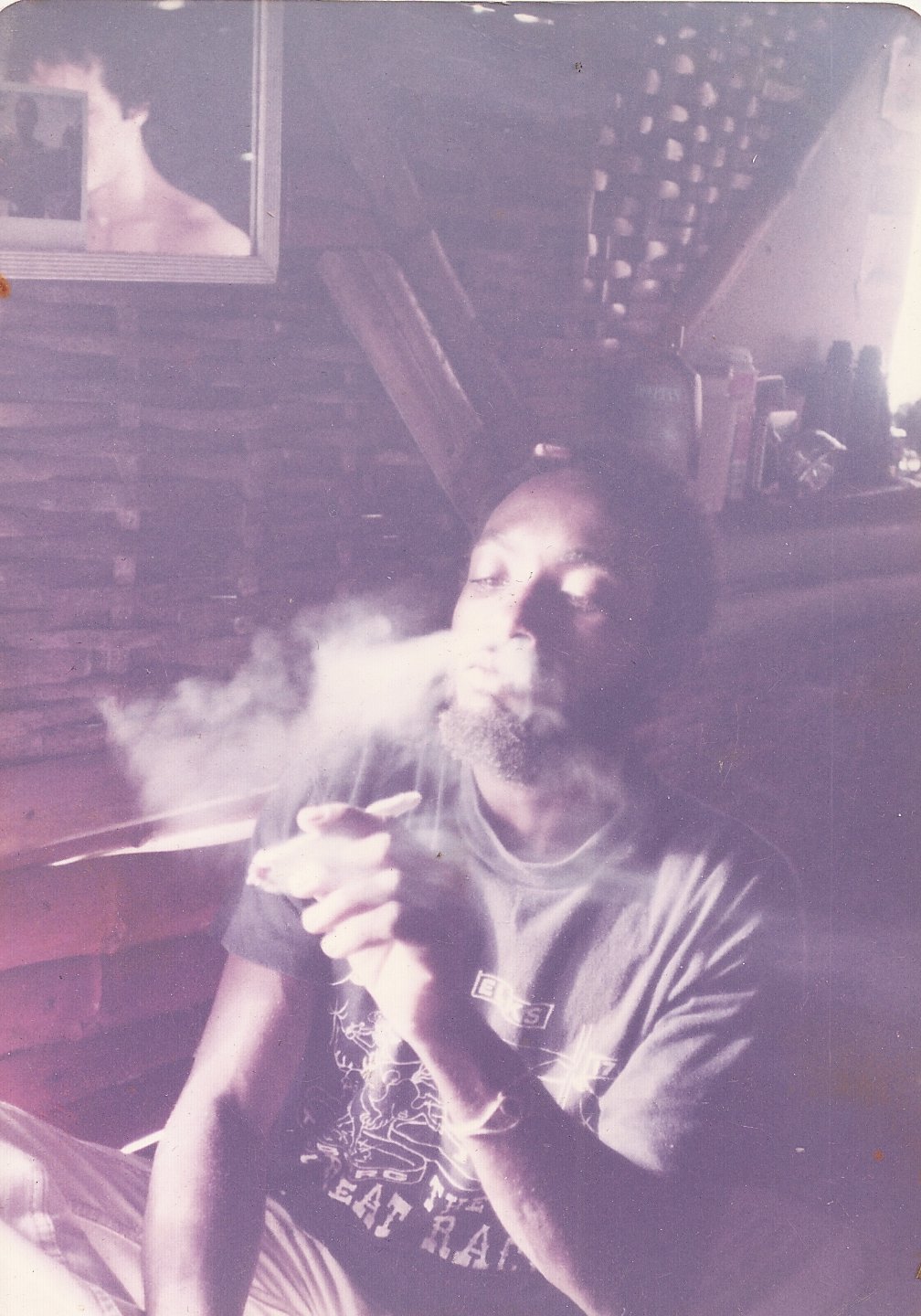
Five years after Marley & The Wailers debuted at Paul's Mall, they played Boston's Music Hall (a video was released in 2015). They'd "made it".
Exodus may not have some of the earlier records' fire, but Jamaican politics were molten, and late 1976 Marley had been through an assassination attempt, during which he was wounded as was his wife Rita and manager Don Taylor (all recounted in the excellent annotation here by Leroy Jodie Pierson written in 2022). Marley references the assassination attempt in more than a few songs including "Jamming", which otherwise has a laid back feel. He expresses his militancy in a mellow mood. There's romance too and of course the finale "One Love", a song of healing that for years became a Jamaican national anthem of sorts and a tourist lure aimed at people hesitant to visit the volatile island.
Exodus was the first Bob Marley record mostly recorded outside of Jamaica and while great sounding records recorded there abound (find an original pressing of Paul Simon's eponymous solo album and listen to "Mother and Child Reunion" recorded at Dynamic Sound Studios not to mention a slew of other great sounding records recorded there along with a few dogs like Goats' Head Soup), the sound here and on Kaya recorded during the same sessions at Island's Basing Street Studios in London recorded to or bumped up to 24 tracks are among if not the best in the catalog. Much of why is in the notes. But you'll hear the depth of production and sound staging immediately as the opener "Natural Mystic" goes from a soft whisper to a full-throated groove-fest. Bass is deep and well expressed and the percussive accents sharply presented and three-dimensionally placed. Ryan Smith absolutely nails the cut.
Sadly on a more recent trip to Negril, the beaches had been taken over by the big hotel conglams that built towers, the locals have been tossed aside and are bitter, selling trinkets to survive and what once was has been lost. But the music remains. I doubt you'll regret dropping the $$ on this one especially if your only pressing is the 1990 digitally remastered one (Tuff Gong 422-846-208-1). That entire series sounds dreadful (no pun intended). Some of the Mo-Fi Anadisc 200 series were excellent. This one (MFSL 1-221) was not among them.
Exodus is Bob Marley & The Wailers biggest selling record. You may prefer the more fiery earlier records, but if escape is a current goal, this one is made for these times. Let's get together it will be alright.



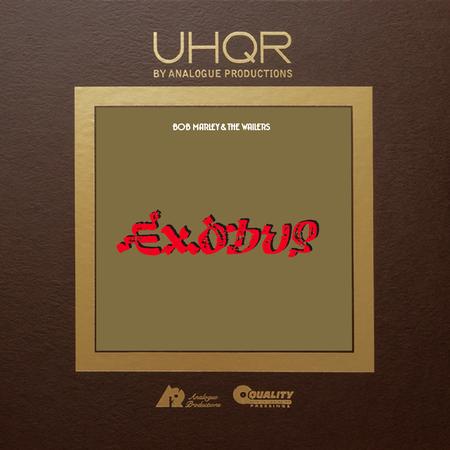





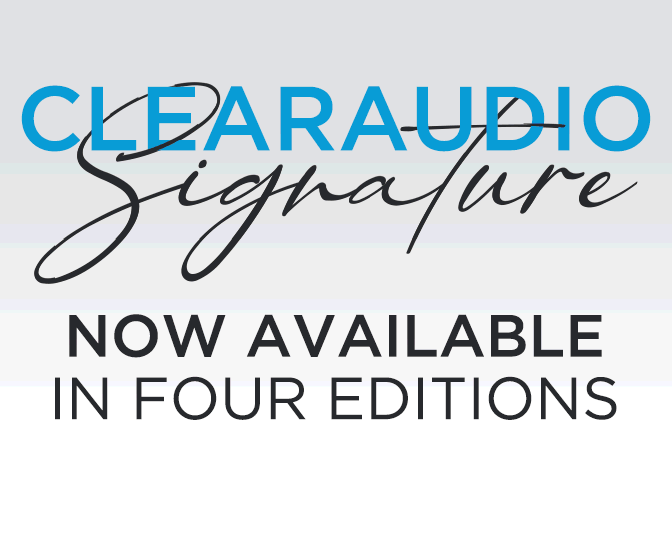

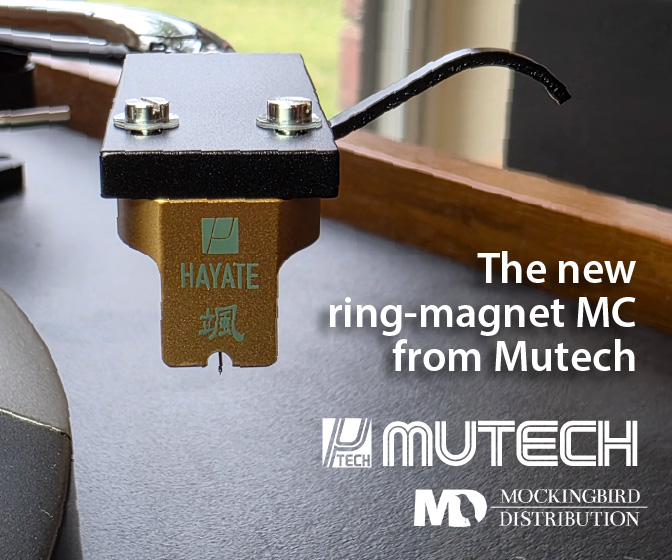
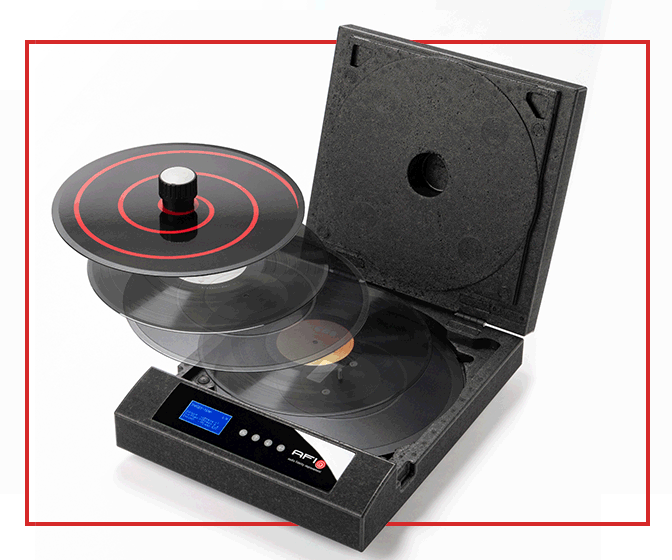

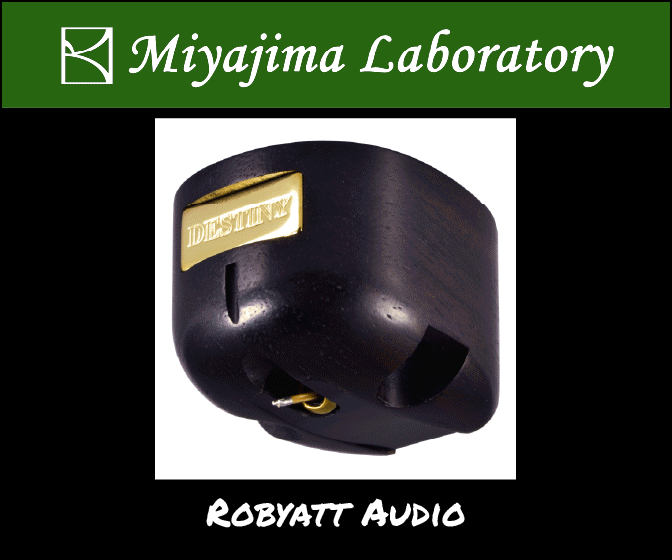





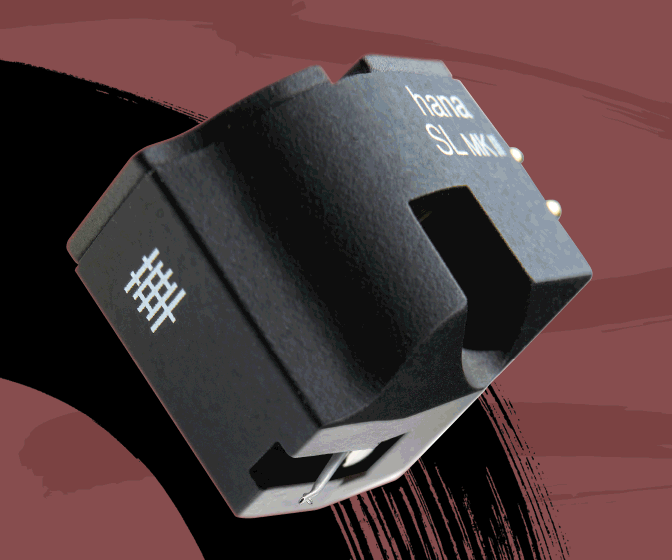


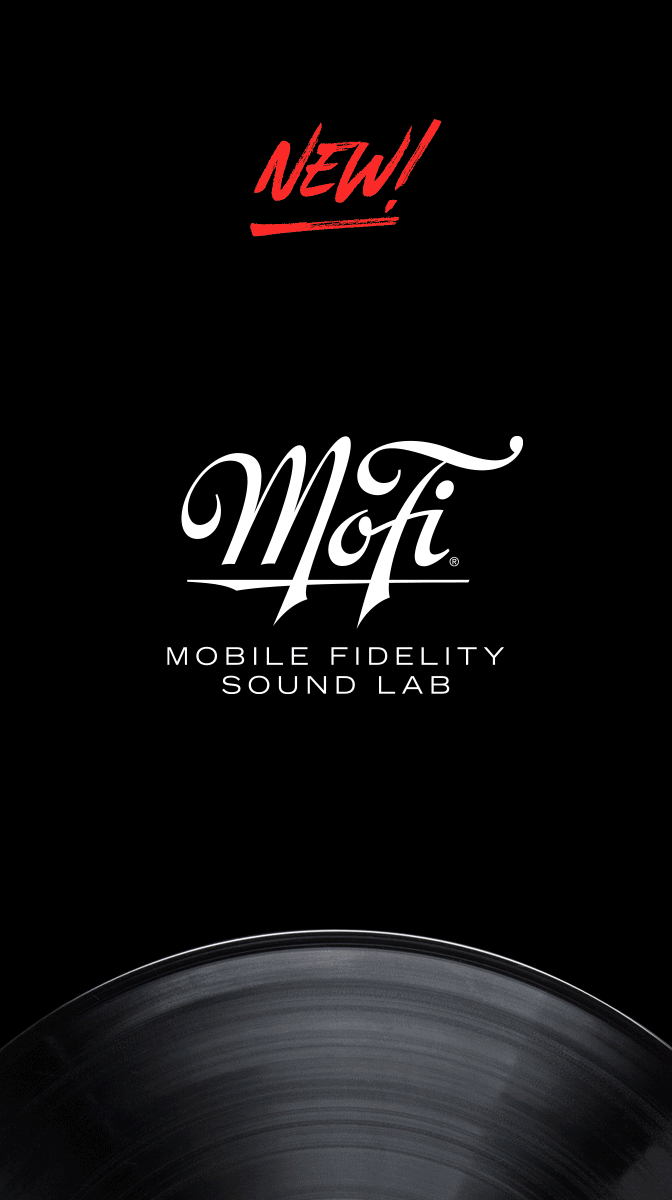

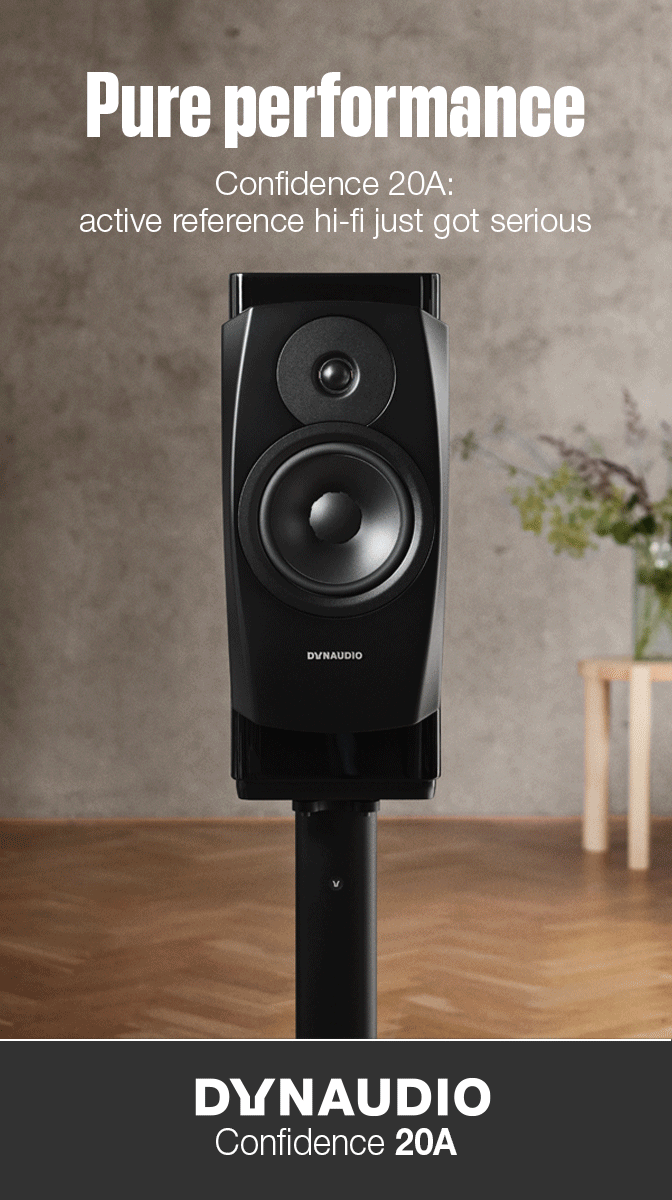

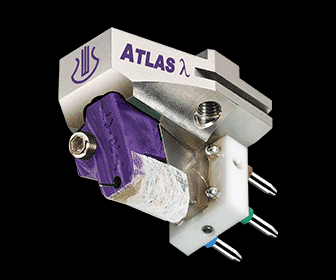

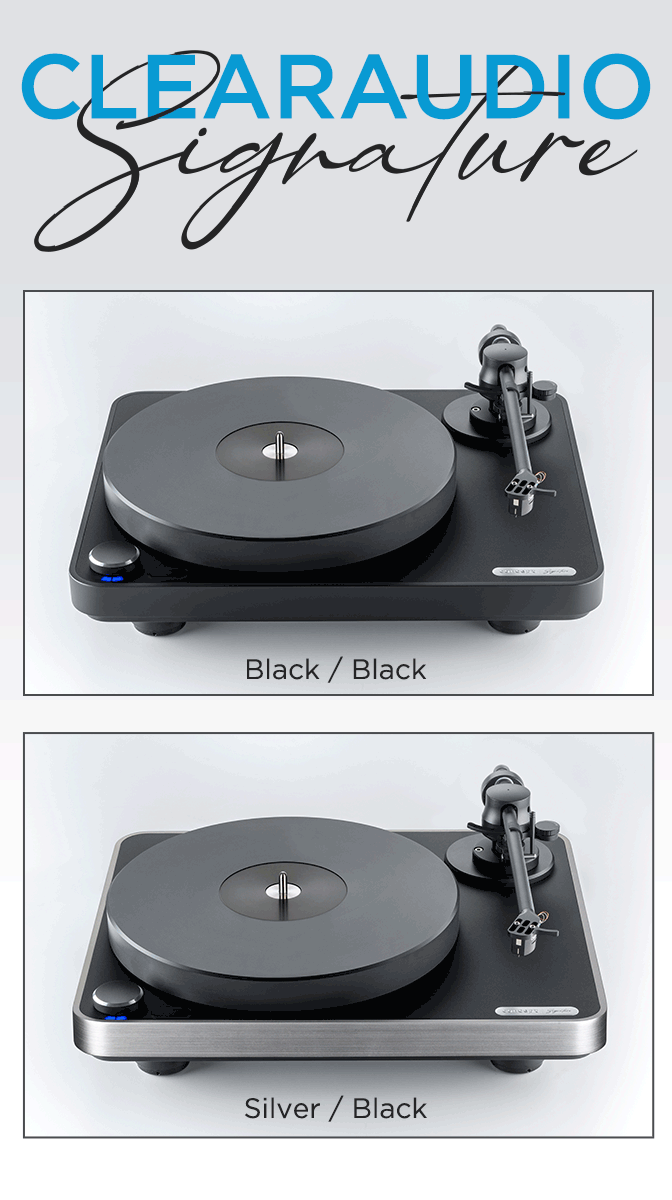
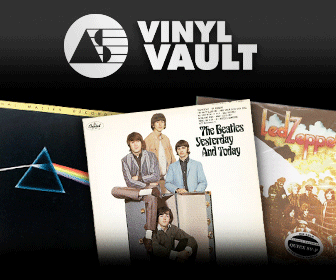

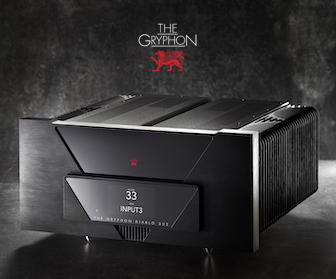
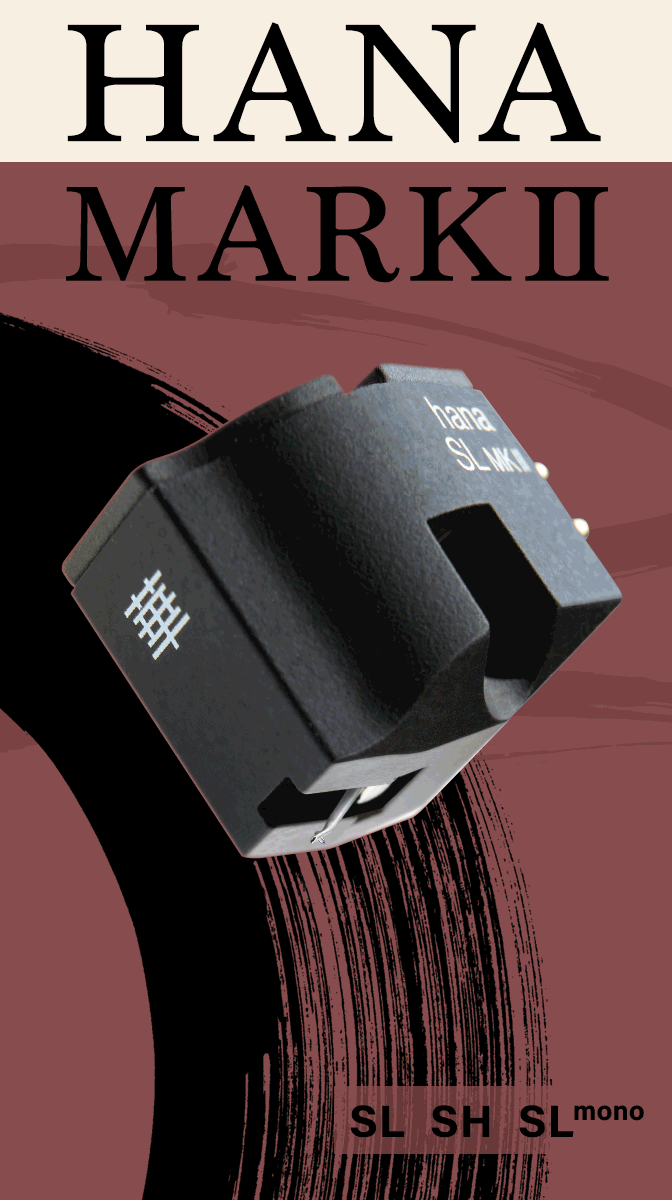


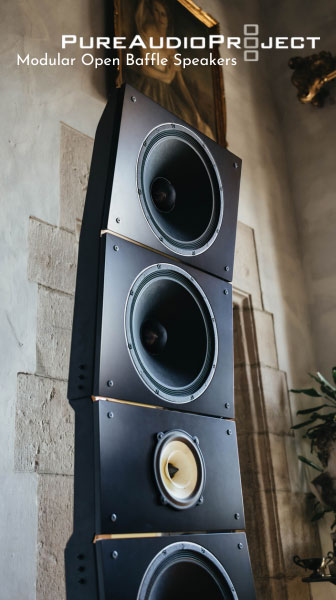
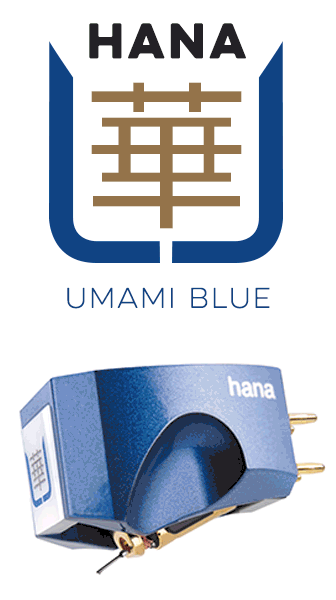





.png)








